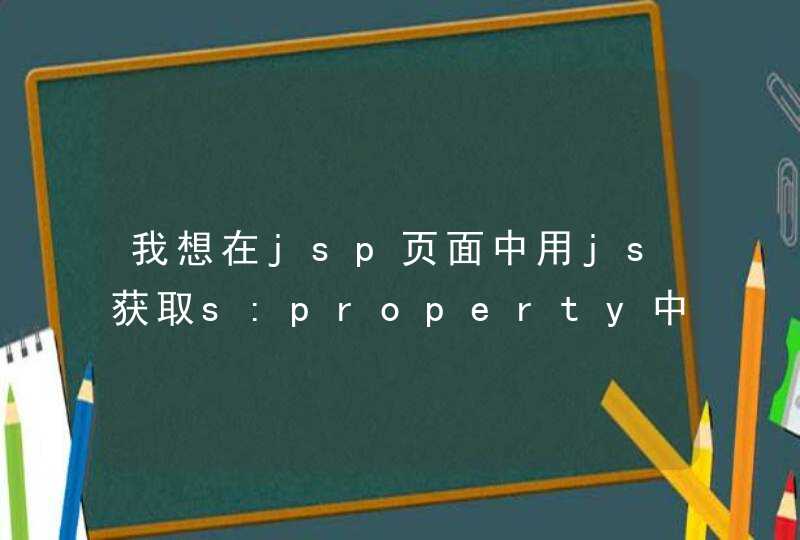
// In-place QuickSort algorithm.
// For short (length <= 22) arrays, insertion sort is used for efficiency.
var custom_compare = IS_FUNCTION(comparefn)
function Compare(x,y) {
// Assume the comparefn, if any, is a consistent comparison function.
// If it isn't, we are allowed arbitrary behavior by ECMA 15.4.4.11.
if (x === y) return 0
if (custom_compare) {
// Don't call directly to avoid exposing the builtin's global object.
return comparefn.call(null, x, y)
}
if (%_IsSmi(x) &&%_IsSmi(y)) {
return %SmiLexicographicCompare(x, y)
}
x = ToString(x)
y = ToString(y)
if (x == y) return 0
else return x <y ? -1 : 1
}
function InsertionSort(a, from, to) {
for (var i = from + 1i <toi++) {
var element = a[i]
// Pre-convert the element to a string for comparison if we know
// it will happen on each compare anyway.
var key =
(custom_compare || %_IsSmi(element)) ? element : ToString(element)
// place element in a[from..i[
// binary search
var min = from
var max = i
// The search interval is a[min..max[
while (min <max) {
var mid = min + ((max - min) >>1)
var order = Compare(a[mid], key)
if (order == 0) {
min = max = mid
break
}
if (order <0) {
min = mid + 1
} else {
max = mid
}
}
// place element at position min==max.
for (var j = ij >minj--) {
a[j] = a[j - 1]
}
a[min] = element
}
}
function QuickSort(a, from, to) {
// Insertion sort is faster for short arrays.
if (to - from <= 22) {
InsertionSort(a, from, to)
return
}
var pivot_index = $floor($random() * (to - from)) + from
var pivot = a[pivot_index]
// Pre-convert the element to a string for comparison if we know
// it will happen on each compare anyway.
var pivot_key =
(custom_compare || %_IsSmi(pivot)) ? pivot : ToString(pivot)
// Issue 95: Keep the pivot element out of the comparisons to avoid
// infinite recursion if comparefn(pivot, pivot) != 0.
a[pivot_index] = a[from]
a[from] = pivot
var low_end = from // Upper bound of the elements lower than pivot.
var high_start = to // Lower bound of the elements greater than pivot.
// From low_end to i are elements equal to pivot.
// From i to high_start are elements that haven't been compared yet.
for (var i = from + 1i <high_start) {
var element = a[i]
var order = Compare(element, pivot_key)
if (order <0) {
a[i] = a[low_end]
a[low_end] = element
i++
low_end++
} else if (order >0) {
high_start--
a[i] = a[high_start]
a[high_start] = element
} else { // order == 0
i++
}
}
QuickSort(a, from, low_end)
QuickSort(a, high_start, to)
}
var old_length = ToUint32(this.length)
if (old_length <2) return this
%RemoveArrayHoles(this)
var length = ToUint32(this.length)
// Move undefined elements to the end of the array.
for (var i = 0i <length) {
if (IS_UNDEFINED(this[i])) {
length--
this[i] = this[length]
this[length] = void 0
} else {
i++
}
}
QuickSort(this, 0, length)
// We only changed the length of the this object (in
// RemoveArrayHoles) if it was an array. We are not allowed to set
// the length of the this object if it is not an array because this
// might introduce a new length property.
if (IS_ARRAY(this)) {
this.length = old_length
}
return this
}
js提供了sort方法,方便对数组进行排序,然而不同引擎对js的sort方法解析可能存在差异。本文基于v8引擎进行分析。
在v8引擎中,对sort方法提供了2种排序算法:插入排序及快排序。
sort使用方法:
当没有参数传入的时候,其排序顺序默认为,将待排序数据转换为字符串,并按照 Unicode 序列排序;当然,比较函数可以自定义,自定义排序函数需要返回值,其返回值为 -1,0,1 ,分别表示 a<b, a=b, a>b.
当数组长度小于等于10的时候,采用插入排序,大于10的时候,采用快排。
对于长度大于1000的数组,采用的是快排与插入排序混合的方式进行排序的,因为,当数据量很小的时候,插入排序效率优于快排。
快排的平均时间复杂度是nlogn,在排序算法中属于效率最高的。快排是一种不稳定的排序算法,但是一般情况下稳定或者不稳定对我们没有特别大的影响,但是对稳定性要求高的排序,就不能使用快排了。
原文: https://zhuanlan.zhihu.com/p/33626637
sort函数执行时,会依次循环把数组里的两个数传递给函数f,这时候f的参数a和b就分别是传入的两个数,然后分别求出a和b除以2的余数(实际上就是判断a和b是奇数还是偶数,0是偶数,1是奇数)。如果a是偶数,函数f就返回1(或其他任何大于0的数),如果a是奇数且b是偶数就返回-1(或其他任何小于0的数)。sort函数根据f的返回值来对两个数进行排序,如果是大于0的数,就把两个数的值对调,如果是0或小于0的数则不做任何处理。这样的话,当数组中的所有元素都两两处理完毕后,最终就会形成奇数在前偶数在后的情况了。















































![在python中,print(列表[1:3])是什么意思](/aiimages/%E5%9C%A8python%E4%B8%AD%2Cprint%28%E5%88%97%E8%A1%A8%5B1%3A3%5D%29%E6%98%AF%E4%BB%80%E4%B9%88%E6%84%8F%E6%80%9D.png)





















![关于[JS] forEach循环return无法跳出的踩坑和解决方案](/aiimages/%E5%85%B3%E4%BA%8E%5BJS%5D+forEach%E5%BE%AA%E7%8E%AFreturn%E6%97%A0%E6%B3%95%E8%B7%B3%E5%87%BA%E7%9A%84%E8%B8%A9%E5%9D%91%E5%92%8C%E8%A7%A3%E5%86%B3%E6%96%B9%E6%A1%88.png)